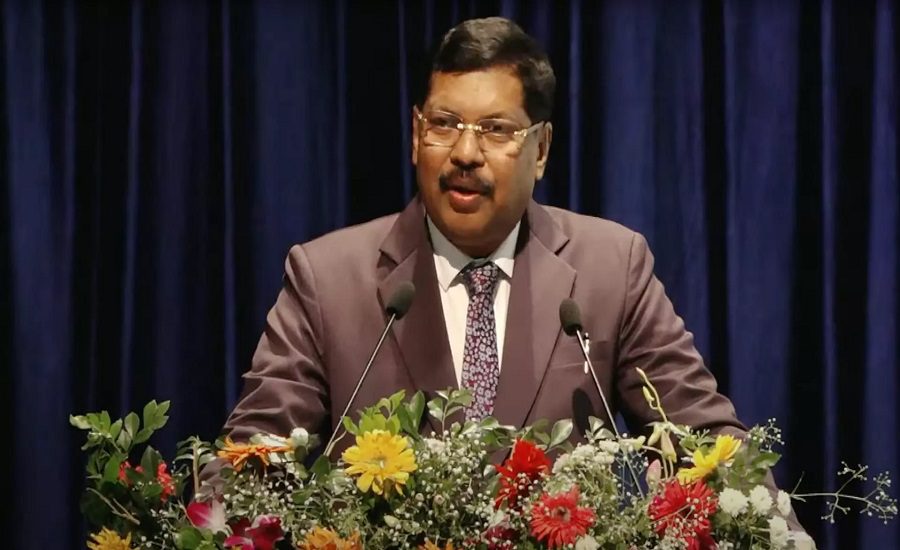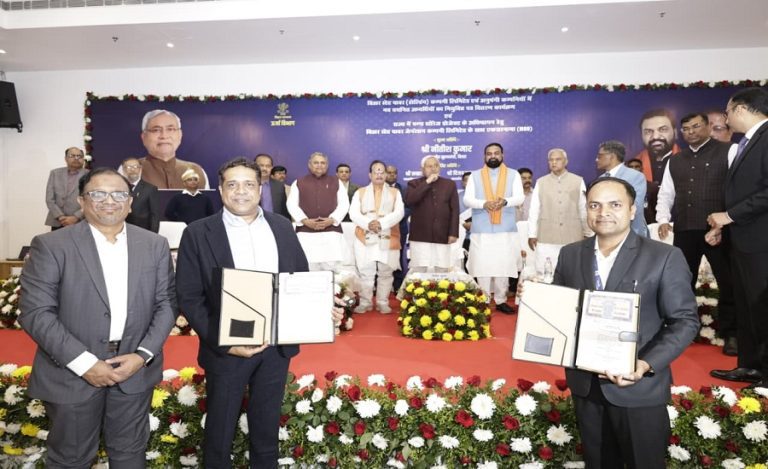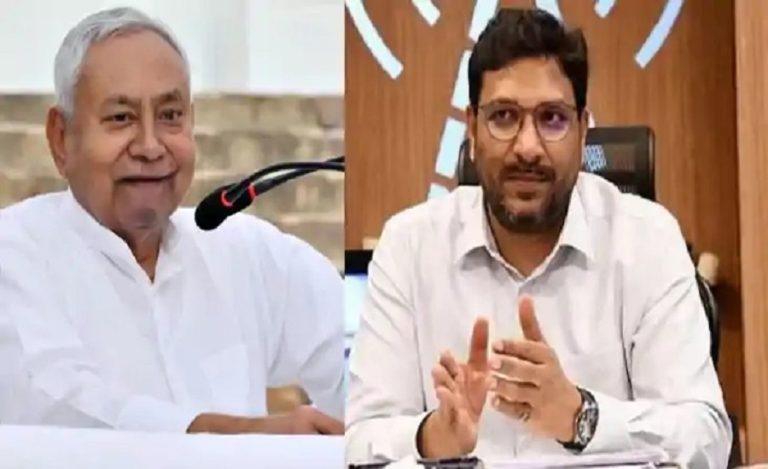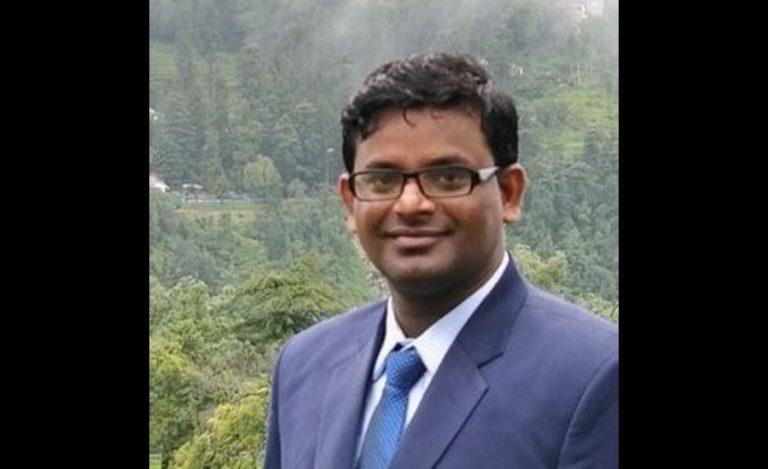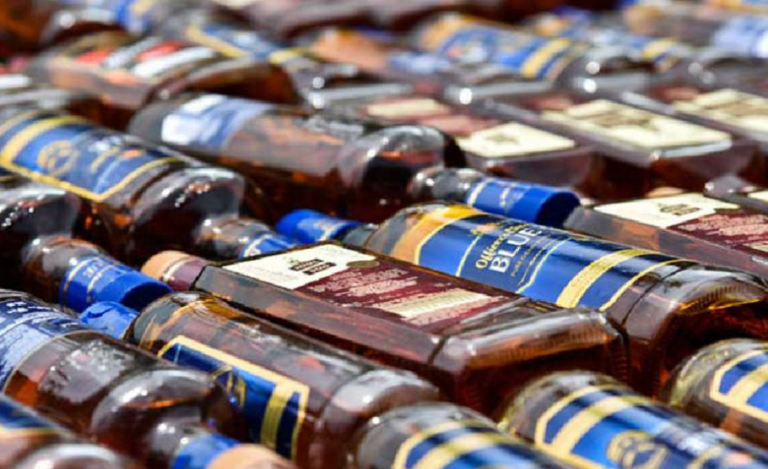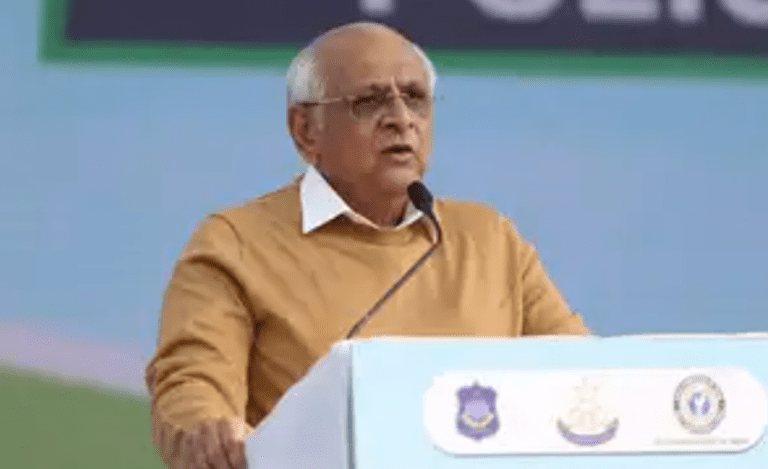New Delhi: In a dramatic turn, Attorney General R. Venkataramani has granted the formal consent needed to initiate criminal contempt proceedings against advocate Rakesh Kishore, who attempted to throw a shoe at Chief Justice of India B.R. Gavai on October 6.
This rare sanction comes under Section 15 of the Contempt of Courts Act, which mandates AG approval before the Supreme Court can hear a private contempt petition.
Solicitor General Tushar Mehta and SCBA President Vikas Singh apprised a Bench led by Justices Surya Kant and Joymalya Bagchi that the AG’s sanction has been received and urged for the matter to be listed for hearing.
Debate in Court: Reopen or Let It Rest?
The Bench expressed hesitation at reopening the matter, pointing out that CJI Gavai chose not to take action earlier. Justice Surya Kant remarked that the Court need not dwell further when the highest judicial officer showed restraint.
Justice Bagchi also cautioned that reviving the controversy could fuel fresh rounds of publicity and social media frenzy—precisely what the court may wish to avoid.
Mehta and Singh countered that unchecked social media glorification of the act could erode institutional dignity, urging issuance of a “John Doe” order to restrain harmful posts.
In the end, the Bench declined to list the contempt matter immediately, suggesting that it may revisit after the Diwali recess.
Background: Advocate Rakesh Kishore Shoe Incident & Fallout
During a Supreme Court hearing, 71-year-old Advocate Rakesh Kishore attempted to hurl a shoe toward CJI Gavai. The act stunned bystanders, but the Chief Justice continued proceedings with composure.
In response, the Bar Council of India (BCI) suspended Kishore’s license and initiated disciplinary proceedings.
The motive, as per Kishore’s statements, stemmed from displeasure over remarks by CJI Gavai related to a Lord Vishnu idol restoration case, which some saw as crossing religious sensibilities.
His act, and subsequent defiance (he claimed “no regret”), sparked national debate on judicial protection, freedom of speech, respect for institutions, and the role of social media in shaping public discourse.
Institutional Dignity vs Free Speech
At the core of the dispute is a delicate tension: restraint in judicial response vs safeguarding institutional respect. Some legal voices argue that ignoring the act entirely weakens the deterrent against attacks on the judiciary.
On the other hand, the Court is wary of turning itself into a platform for repeated controversy, especially in the age of viral social media cycles. Justice Bagchi warned that each resurgence only amplifies “publicity-seekers.”
A possible intermediate step might be constraining social media abuses while deliberating whether to pursue full contempt adjudication.
What’s Next?
The Supreme Court may formally list the contempt plea after Diwali, once the holiday break ends.
A possible “John Doe” order could curb injurious social media posts glorifying the incident.
Watch closely: how the Court balances punishment, public interest, and judicial dignity will have wider implications for future courtroom security and online commentary rules.

